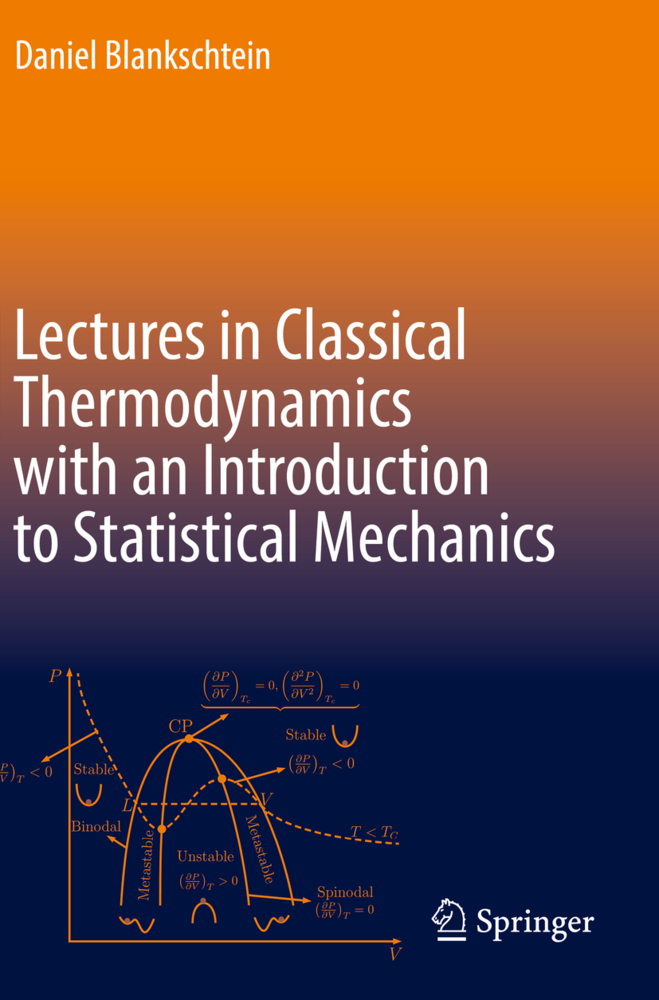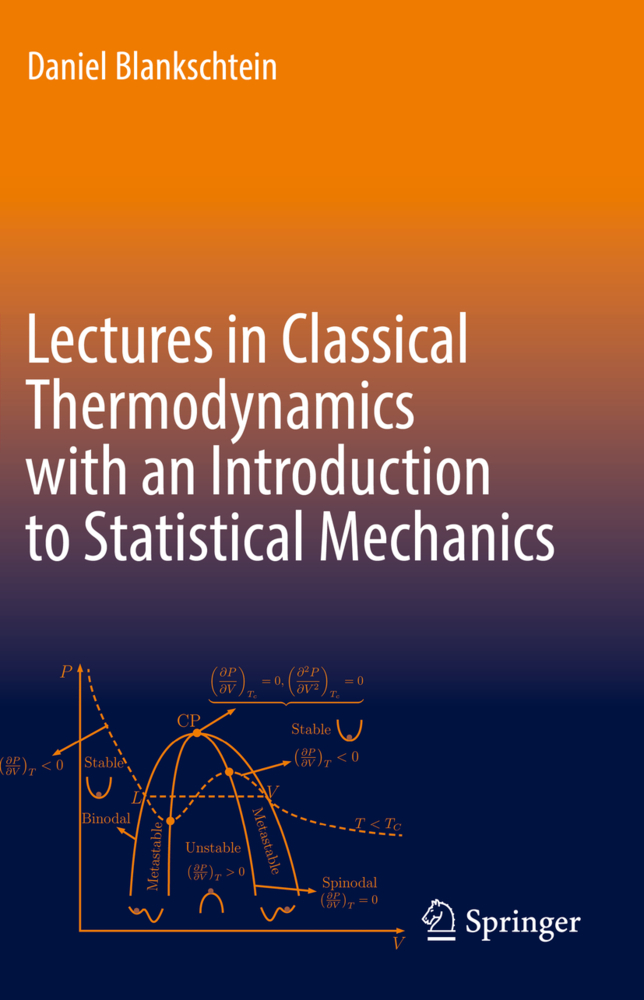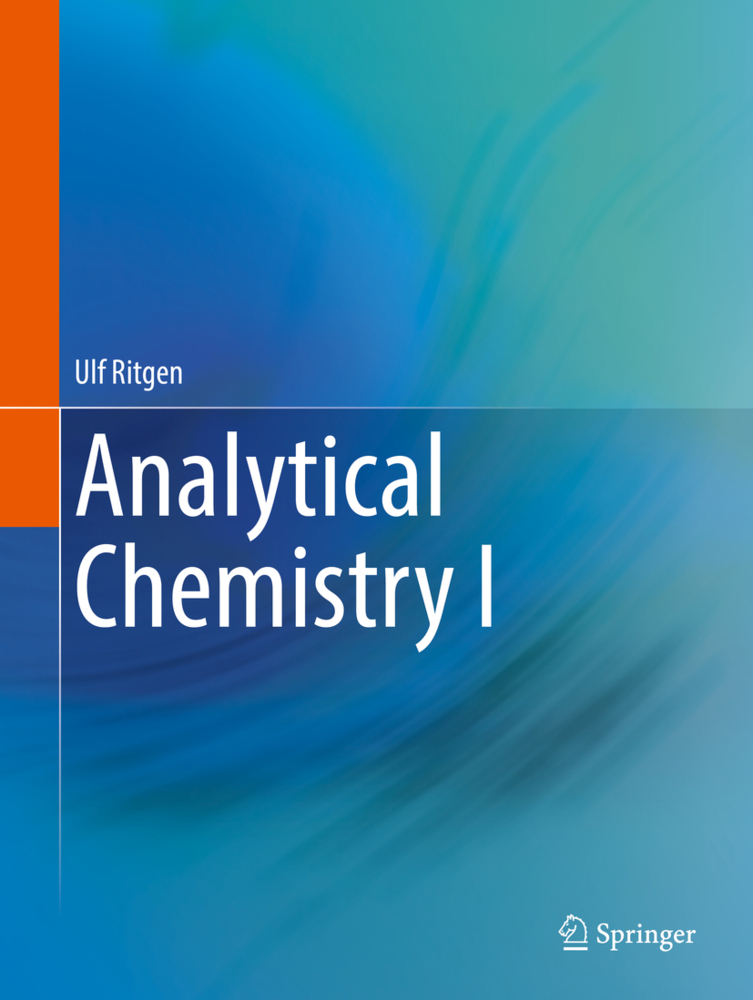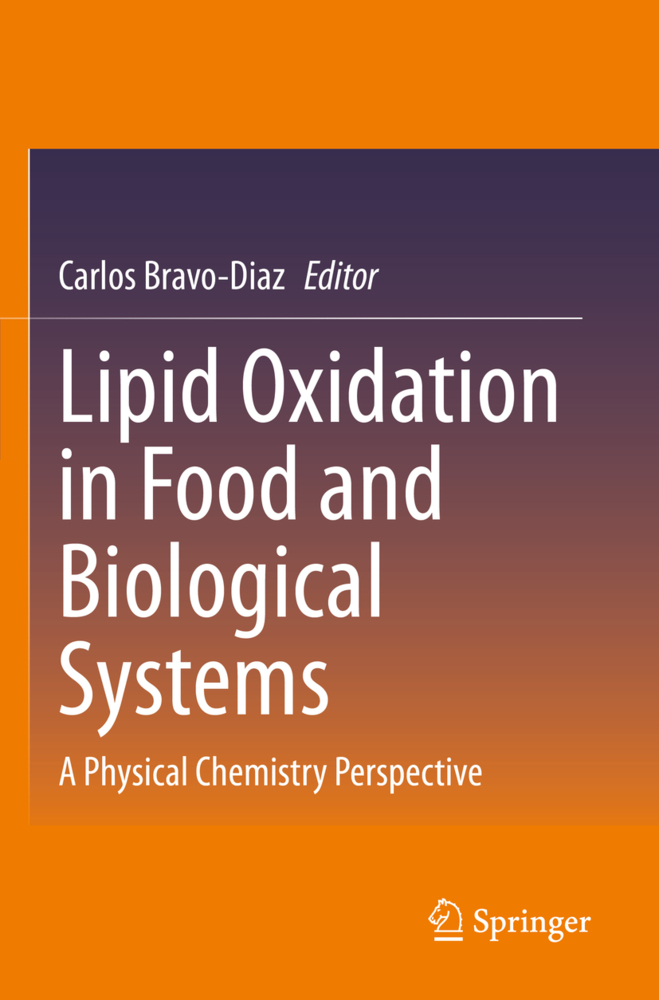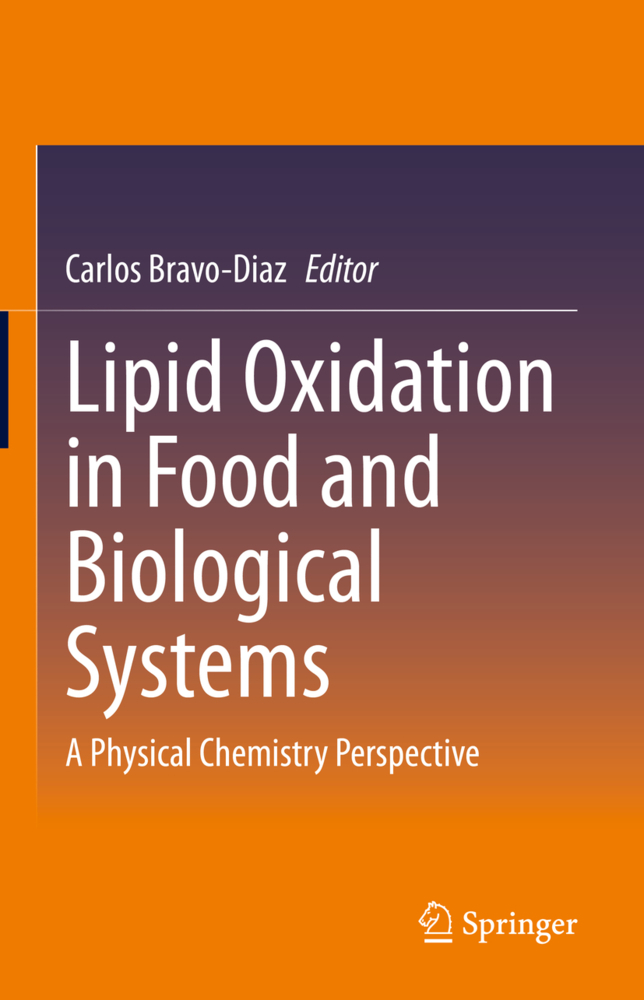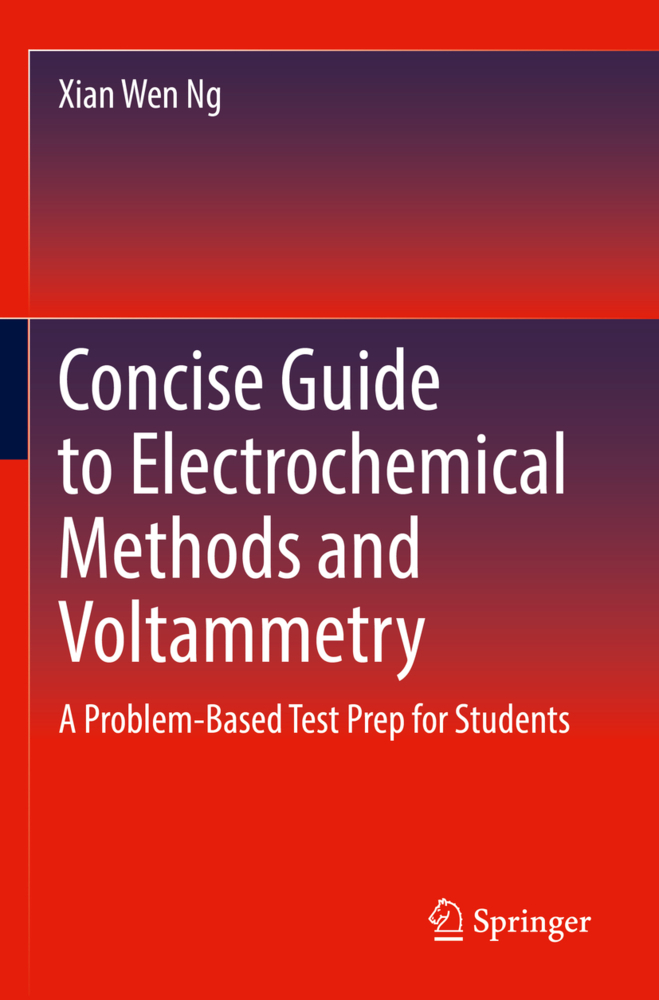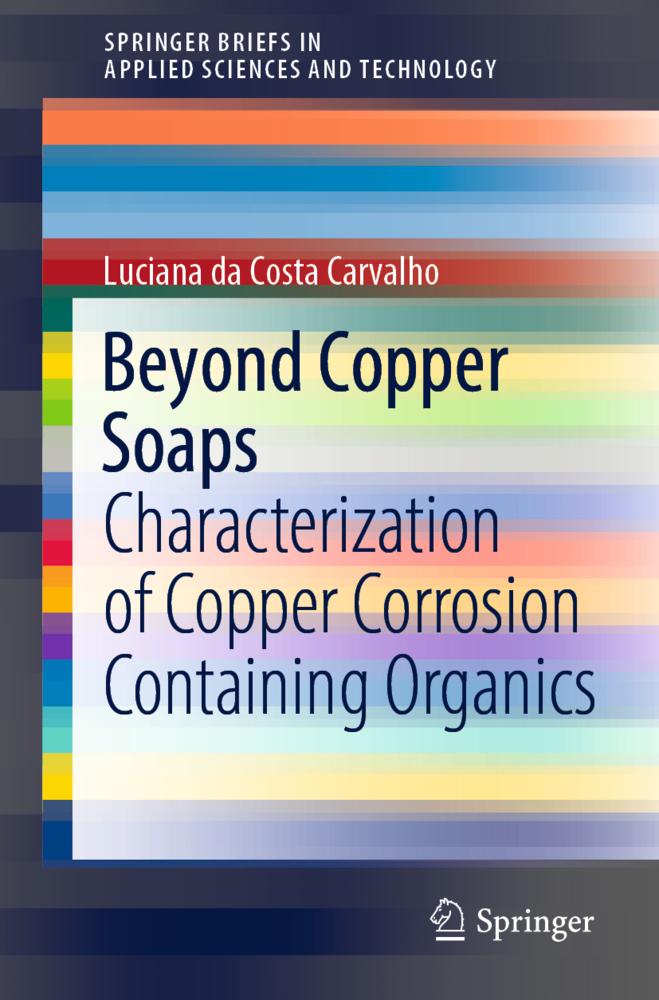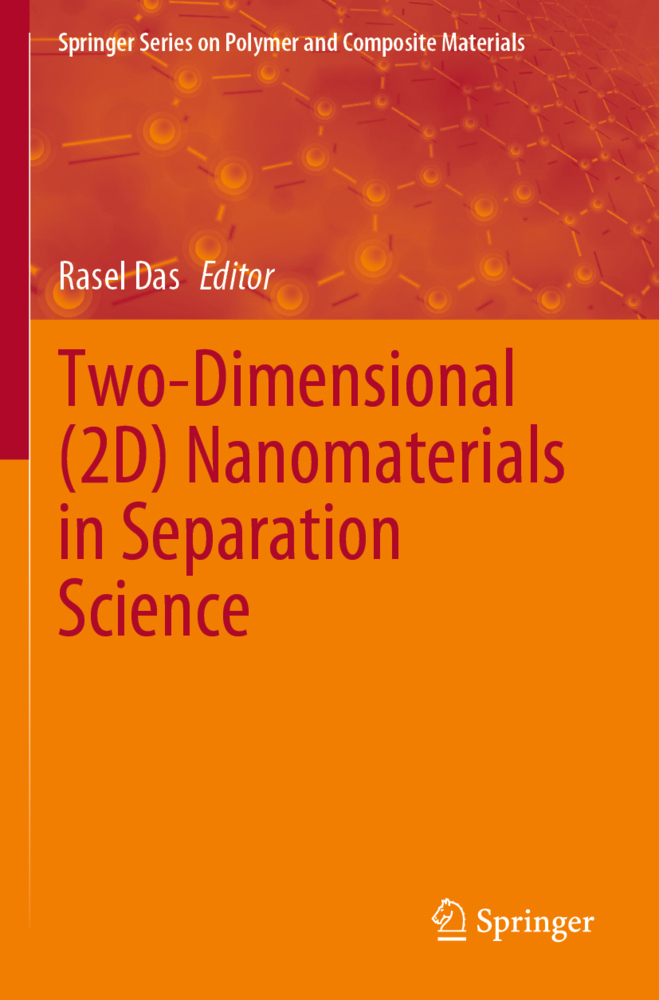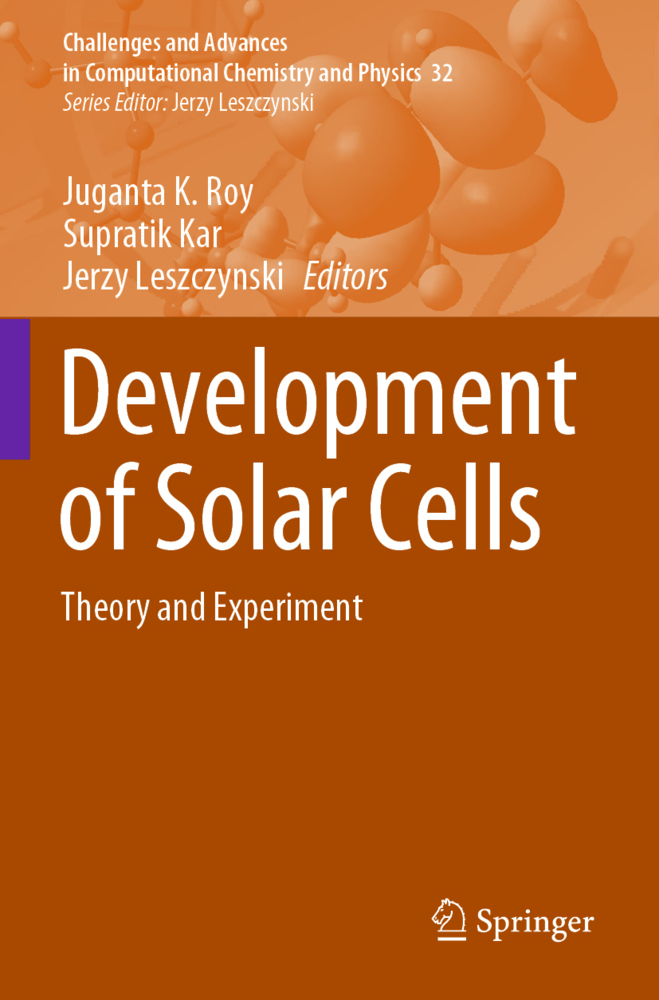Lectures in Classical Thermodynamics with an Introduction to Statistical Mechanics
Lectures in Classical Thermodynamics with an Introduction to Statistical Mechanics
This textbook facilitates students' ability to apply fundamental principles and concepts in classical thermodynamics to solve challenging problems relevant to industry and everyday life. It also introduces the reader to the fundamentals of statistical mechanics, including understanding how the microscopic properties of atoms and molecules, and their associated intermolecular interactions, can be accounted for to calculate various average properties of macroscopic systems. The author emphasizes application of the fundamental principles outlined above to the calculation of a variety of thermodynamic properties, to the estimation of conversion efficiencies for work production by heat interactions, and to the solution of practical thermodynamic problems related to the behavior of non-ideal pure fluids and fluid mixtures, including phase equilibria and chemical reaction equilibria. The book contains detailed solutions to many challenging sample problems in classical thermodynamics and statistical mechanics that will help the reader crystallize the material taught. Class-tested and perfected over 30 years of use by nine-time Best Teaching Award recipient Professor Daniel Blankschtein of the Department of Chemical Engineering at MIT, the book is ideal for students of Chemical and Mechanical Engineering, Chemistry, and Materials Science, who will benefit greatly from in-depth discussions and pedagogical explanations of key concepts.
- Distills critical concepts, methods, and applications from leading full-length textbooks, along with the author's own deep understanding of the material taught, into a concise yet rigorous graduate and advanced undergraduate text;
- Enriches the standard curriculum with succinct, problem-based learning strategies derived from the content of 50 lectures given over the years in the Department of Chemical Engineering at MIT;
- Reinforces concepts covered with detailed solutions to illuminating and challenging homework problems.
Lecture 1:Book Overview
Lecture 2:Basic Concepts and DefinitionsLecture 3:First Law - Closed Systems: Derivation
Lecture 4:First Law - Closed Systems: Derivation, Solution to Sample Problem 1
Lecture 5:First Law - Closed Systems: Solution to Sample Problem 1, Continued
Lecture 6:First Law - Open Systems: Derivation, Solution to Sample Problem 2
Lecture 7:Second-Law Concepts
Lecture 8:Heat Engine, Carnot Efficiency
Lecture 9:Entropy, Reversibility
Lecture 10:The Second Law of Thermodynamics, Maximum Work
Lecture 11:The Combined First and Second Laws of Thermodynamics, Availability
Lecture 12:Flow Work, Solution to Sample Problem 3
Lecture 13:Fundamental Equations
Lecture 14:Manipulation of Partial Derivatives
Lecture 15:Gibbs Free Energy Formulation
Lecture 16:Evaluation of Thermodynamic Data
Lecture 17:Equation of State (EOS), Binodal, Spinodal, Critical Point
Lecture 18:Principle of Corresponding States
Lecture 19:Departure Functions.-Lecture 20:Review for Part I
Lecture 21:Extensive and Intensive Mixture Properties, Partial Molar Properties
Lecture 22:Generalized Gibbs-Duhem Relations for Mixtures, Calculation of Partial Molar Properties
Lecture 23:Mixture EOS, Mixture Departure Functions, Ideal-Gas Mixtures, Ideal Solutions
Lecture 24:Mixing Functions, Excess Functions
Lecture 25:Fugacity, Fugacity Coefficient
Lecture 26:Activity, Activity Coefficient
Lecture 27:Criteria of Phase Equilibria, Gibbs Phase Rule
Lecture 28:Applications of the Gibbs Phase Rule, Azeotrope
Lecture 29:Differential Approach to Phase Equilibria, Pressure-Temperature-Composition Relations, Clausius-Clapeyron Equation
Lecture 30:Integral Approach to Phase Equilibria, Composition Models
Lecture 31:Chemical Equilibria: Stoichiometric Formulation
Lecture 32:Equilibrium Constants for Gas-Phase and Condensed-Phase Reactions
Lecture 33:Response of Chemical Reactions to Temperature, Le Chatelier's Principle
Lecture 34:Response of Chemical Reactions to Pressure, Applications
Lecture 35:Gibbs Phase Rule for Chemically- Reacting Systems, Applications
Lecture 36:Effect of Chemical Equilibrium on Thermodynamic Properties
Lecture 37:Review for Part II
Lecture 38:Quantum Statistical Mechanics, Canonical Ensemble, Probability and the Boltzmann Factor, Canonical Partition Function
Lecture 39:Calculation of Thermodynamic Properties from the Canonical Partition Function, Treatment of Distinguishable and Indistinguishable Molecules
Lecture 40:Translational, Vibrational, Rotational, and Electronic Partition Functions of Ideal Gases
Lecture 41:Calculation of Thermodynamic Properties of Ideal Gases from the Partition Functions
Lecture 42:Microcanonical Ensemble, Statistical Mechanical Definition and Interpretation of Entropy and Work
Lecture 43:Statistical Mechanical Interpretation of the First, Second, and Third Laws of Thermodynamics
Lecture 44:Grand Canonical Ensemble, Statistical Fluctuations
Lecture 45:Classical Statistical Mechanics
Lecture 46:Configurational Integral, Statistical Mechanical Derivation of the Virial Equation of State
Lecture 47:Virial Coefficients in the Classical Limit, Statistical Mechanical Derivation of the van der Waals Equation of State
Lecture 48:Statistical Mechanical Treatment of Chemical Equilibrium
Lecture 49:Statistical Mechanical Treatment of Binary Mixtures
Lecture 50:Review for Part III and Book Overview.
Blankschtein, Daniel
| ISBN | 978-3-030-49200-7 |
|---|---|
| Artikelnummer | 9783030492007 |
| Medientyp | Buch |
| Auflage | 1st ed. 2020 |
| Copyrightjahr | 2022 |
| Verlag | Springer, Berlin |
| Umfang | XXIV, 766 Seiten |
| Abbildungen | XXIV, 766 p. 162 illus., 18 illus. in color. |
| Sprache | Englisch |

